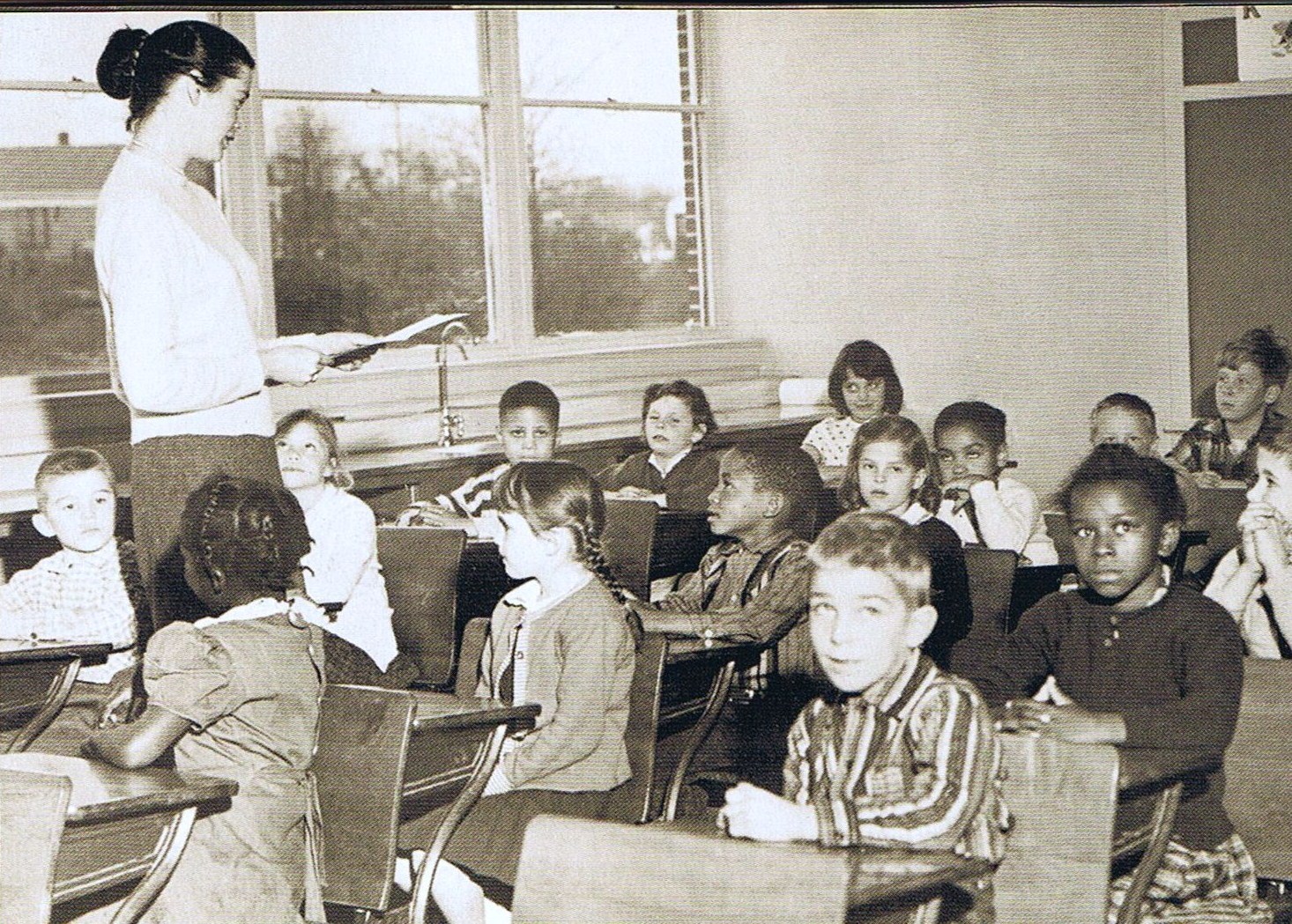Oral History
After Brown v. Board of Education in 1954, it became law that all schools in the United States had to be integrated. This not only applied to just white schools and black schools, but to all people in the country. During the 1960’s in North Carolina, there were large white, black, and Native American populations in our state. So Native American schools had to be integrated, as well. This is an interview with Mr. James A. Jones who worked at a largely Native American school in the 1960’s and 1970’s. In this clip from the interview, he describes how the schools in his county were segregated in the 1960’s.

Let's listen in!
Oral History.mp3
WHAT’S IT ALL ABOUT?
Mr. Jones lived in Robeson County, North Carolina all of his life. Robeson County is located on the southern side of North Carolina. First, he was a teacher, and later he became the principal of Prospect School. Prospect School had mostly Native American students that went there. As you heard in his interview, Robeson County had many different schools that the children went to. There were white schools in certain areas and Native American schools in other areas. There were only a few black families and they went to another school. Finally, in 1971, the schools were integrated. This was 17 years after the United States declared segregation to be wrong!
QUESTIONS…
- How do you think the three different types of schools (white schools, Native American schools, and African-American schools) in Robeson County were different from each other?
- In 1954, the United States wrote a law saying that all schools had to integrate. Why do you think it took so long for the schools in Robeson County to integrate?
 Courtesy of "Going to School During the Civil Rights Movement"
Courtesy of "Going to School During the Civil Rights Movement"
______________________________________________________________________________________________________________________
School Integration Table
This is a table that shows how many African-American students were in certain schools in different counties around the state. In 1960 in Chapel Hill, there were only 3 African-American students at Estes Hill Elementary. This table shows how long it took for North Carolina to fully integrate all the schools. In fact, it took 17 years for North Carolina to fully integrate all schools.
 From UNC Libraries Clipping File "Negroes in North Carolina" Volume 3
From UNC Libraries Clipping File "Negroes in North Carolina" Volume 3
__________________________________________________________________________________________________________________________________________________________

An integrated school during the Civil Rights Movement
Courtesy of "Going to School During the Civil Rights Movement"
Comments (0)
You don't have permission to comment on this page.